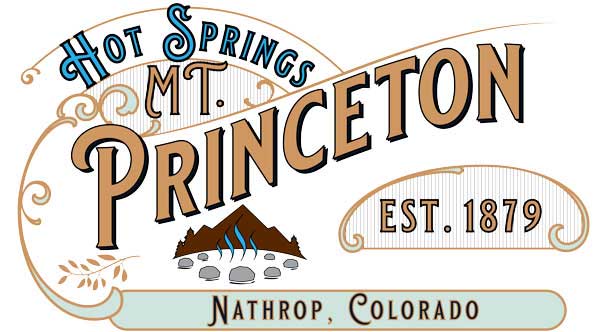MOUNT PRINCETON
HOT SPRINGS RESORT
ESTABLISHED 1879
MOUNT PRINCETON HOT SPRINGS RESORT
The Perfect Meeting Place For Business Or Pleasure
EST. 1879
Welcome to our guide to the rich history of Mount Princeton Hot Springs, one of Colorado’s oldest and most beloved hot springs resorts. For over 140 years, our resort has been a favorite destination for visitors seeking relaxation, healing, and adventure.
The story of Mount Princeton Hot Springs begins in the late 1800s, when the area was first settled by pioneers. The mineral-rich waters of the hot springs were soon discovered and became a popular destination for those seeking the healing powers of the water.
In 1879, the first hot springs resort was established on the site, and over the years, the resort has grown and evolved to become the world-class destination it is today. Throughout its history, the resort has been a gathering place for people from all walks of life, from Ute Indians to miners to modern-day vacationers.
Today, our resort is home to several natural hot springs pools, a luxurious spa, a range of lodging options, and a variety of outdoor activities. We are proud to offer our guests a one-of-a-kind experience that blends the natural beauty of the Rocky Mountains with the healing power of the hot springs.
As you explore our resort, take a moment to reflect on the rich history that has shaped this iconic destination. From the Ute Indians to modern-day visitors, Mount Princeton Hot Springs has been a place of healing, relaxation, and rejuvenation for generations.
Hot Spring Hours & Rates

Historic Colorado Hot Springs
The Mount Princeton Hot Springs were first frequented by Native Americans.
In 1860, a way station, hotel, and freight depot were built near the site of the present hotel to serve freighters traveling over Tincup Pass, bound for the mines of Ashcroft and Aspen; and over the Altman Pass toward Gunnison Country.
A three-story hotel was built in 1879 by a group of mining men made wealthy with profits from the fantastically productive Mary Murphy Mine. It took four years to build and never saw a paying customer.





